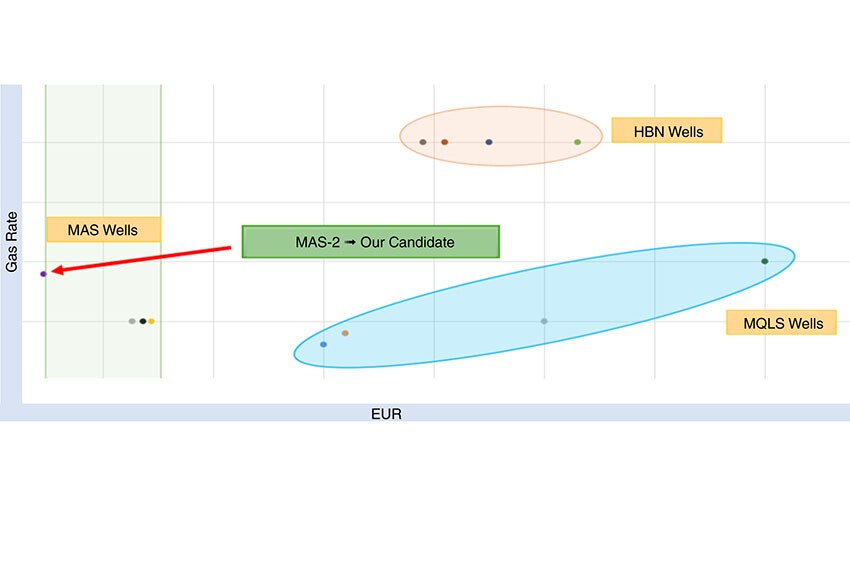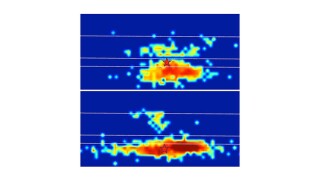Acidizing/stimulation
This study explores enhancing gas production through a novel combination of prestimulation using a coiled tubing unit and high-rate matrix acidizing.
The authors of this paper describe a method of stimulating a multizone hydrocarbon-producing well wherein a tool is deployed downhole by wireline to generate acid vapor at a target depth, allowing each interval to be treated uniquely.
In this work, microseismic observations are integrated with strain and other observations to investigate the microseismic response in relation to the underlying hydraulic fracture geometry for different rock types.
-
This work describes the positive results experienced when a self-diverting acid system based on a viscoelastic-surfactant (VES) technology was introduced for carbonate-reservoir stimulation offshore Brazil.
-
This paper describes a matrix-acidizing campaign executed successfully in the Gulf of Cambay on the west coast of India.
-
Matrix stimulation encompasses pumping processes used to improve the connection between the wellbore and the reservoir. They are effective in a wide range of lithologies and have been successful in most types of completions: cased and openhole, horizontal and vertical, simple and complex, injectors
-
This paper presents an alternative approach to designing and executing matrix-stimulation treatments in multilayered carbonate reservoirs.
-
The elliptical (conical) damage profile associated with horizontal wells is well-known, but review of industry-wide applications by different operators shows no corresponding uniform correlation between the damage profile and actual treatment volumes that have been applied.
-
Novel multizone stimulation technologies have enabled the development of tight resources that previously could not be developed economically and have enabled optimization of production resources distributed over thick gross intervals.
-
In the Danish central graben, tight chalk reservoirs have been developed successfully through drilling, completion, and stimulation of long horizontal wells.
-
As oil companies have moved to more-marginal reservoir targets, application of conventional techniques has often yielded disappointing results, and tighter zones are often abandoned for more-promising target intervals.
-
The deepwater Gulf of Mexico is a technically and economically challenging production environment. High rates and ultimate recoveries are required per well to offset high development costs.












